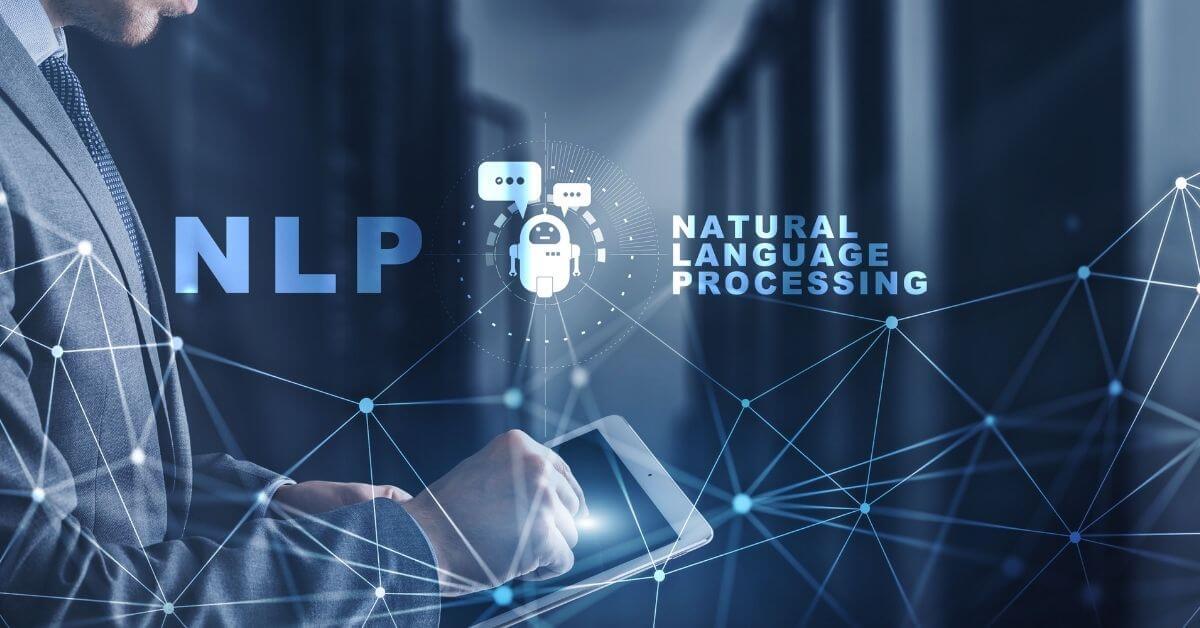Detecting Text Similarity Using NLP
In today's article, we will discuss the topic of detecting similarity between texts using Natural Language Processing (NLP). NLP is a field of computer science that focuses on the analysis, understanding, and generation of human language by computers. By employing advanced NLP algorithms, we can identify the similarity between two texts, which have numerous business applications.
First and foremost, detecting text similarity through NLP is incredibly useful in the e-commerce industry. For example, when we have large sets of product descriptions, we can use NLP to compare these descriptions and find products with similar features. This allows us to suggest alternative products to customers that may interest them. By leveraging NLP algorithms, we can also analyze customer reviews and group them into thematic categories, enabling us to better understand our customers' preferences and needs.
Another example of applying text similarity detection is content analysis on websites. SEO (Search Engine Optimization) companies can use NLP to check whether a given text is original and unique. NLP algorithms compare the text with other available content on the web and provide information about any potential similarities. This is particularly important as having unique content is crucial for search engine rankings.
In the field of IT, there are also many instances where detecting text similarity is highly valuable. For instance, in plagiarism detection systems, NLP algorithms are used to compare academic papers, articles, or other texts to identify potential instances of plagiarism. This helps ensure academic integrity and fairness in other domains where the value of originality is paramount.
In summary, detecting text similarity using NLP is a powerful tool with broad applications in e-commerce, SEO, and IT. It allows us to identify similarities between texts, which is crucial for suggesting alternative products, analyzing content, and detecting plagiarism. By leveraging advanced NLP algorithms, we can effectively manage information resources and provide better, more personalized experiences for our users and customers.




